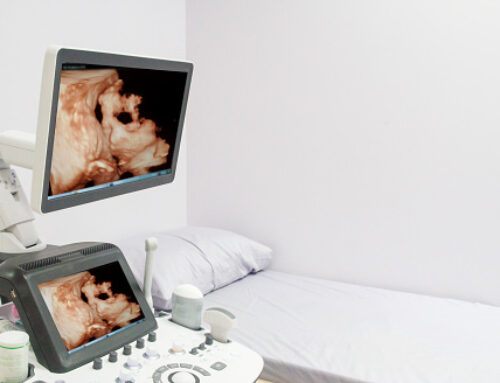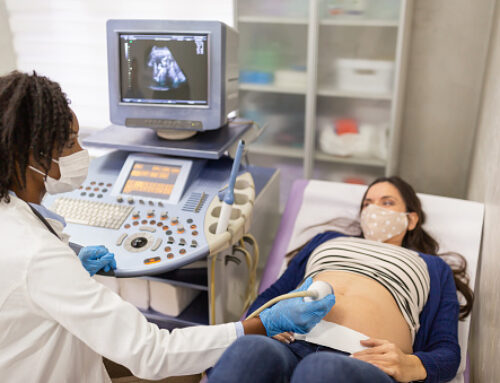I often have people ask me about the differences among all the types of ultrasounds; specifically between 3D and 4D.
A 3D ultrasound produces a still image of the baby in three dimensions, while a 4D ultrasound produces a live video of the baby in three dimensions with real-time movements. The fourth dimension in 4D refers to time, allowing parents to see their baby moving and even smiling or yawning in real-time.
And recently, the new addition of the HD technology has confused people even more.
In this blog I am going to clear up all the confusion. Below are some lament term definitions 2D, 3D, 4D and HD ultrasound:
2D:
This is the traditional ultrasound technology like what you receive at your doctor’s office. In 2D, high frequency, non-ionized sound waves are sent and received in just one plane. The sound waves reflect back a black and white image of the baby. During medical ultrasounds, 2D is commonly used to evaluate fetal anatomy and morphology. At elective facilities we use 2D technology to perform gender determination.

3D:
As technology in the medical field advanced, 3D ultrasound was developed using image volume data acquisition. 3D technology utilizes the same high frequency sound waves as 2D and is just as safe to use. The sound waves create reflections from different angles to each other; the ultrasound machine then integrates these reflections with its high-speed computing software, resulting in a 3-dimensional image. 3D technology is used at elective facilities to give you a life-like view of your baby and see he/she in finite detail.
4D:
This is simply 3D with the addition of real time. Meaning while the ultrasound is being performed and you are watching your baby LIVE, the real time is considered the 4th dimension.
HD:
HD stands for “High Definition” and it’s the same concept as other HD technology on the market; offering a more crisp, clear, defined image. The ultrasound system gathers much more information from the 3D/4D data than previous versions, rendering highly detailed images of the baby. Some elective facilities have even referred to this as “5D” technology.







